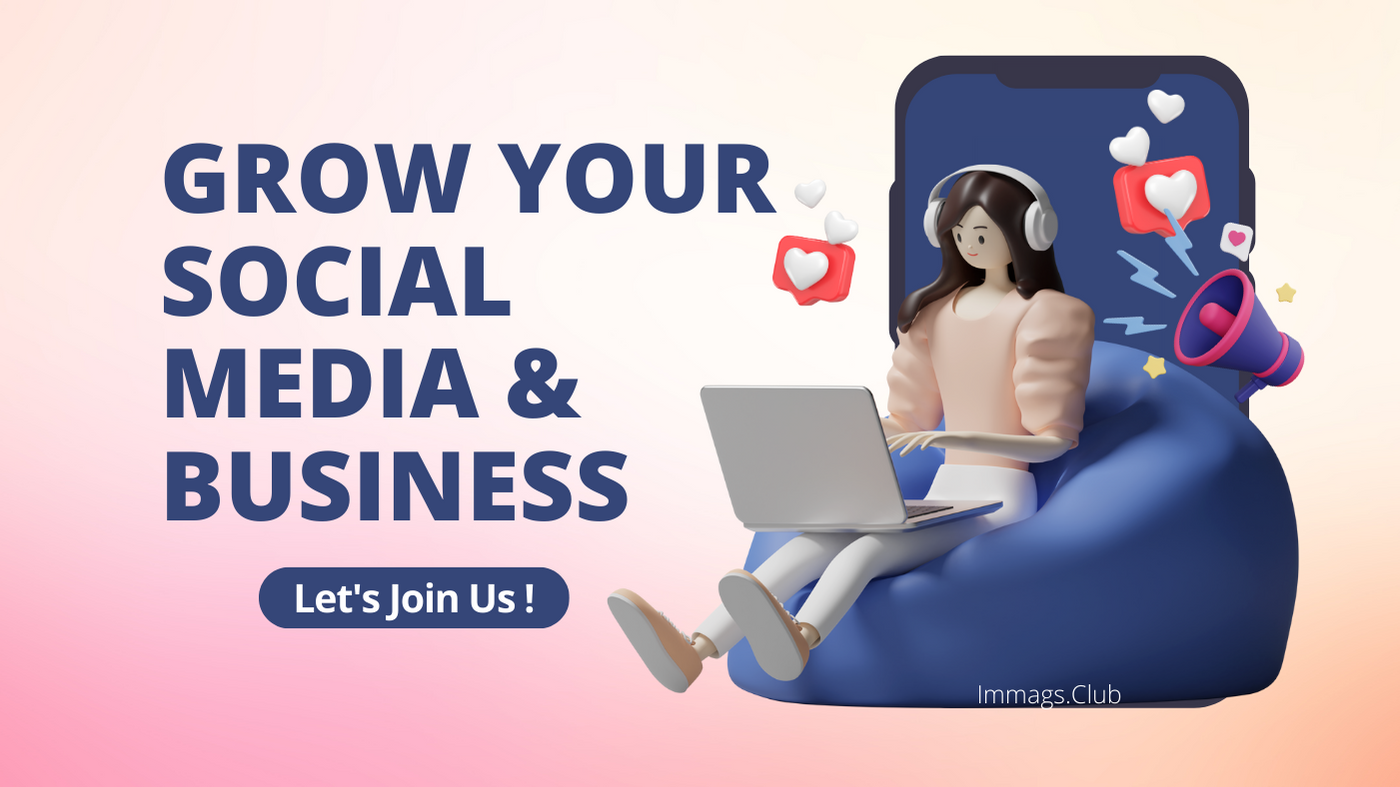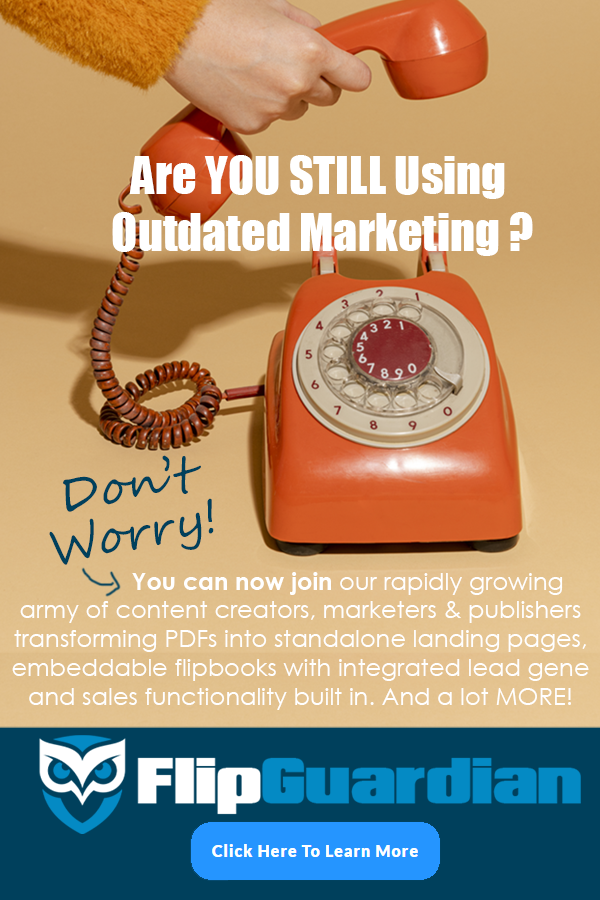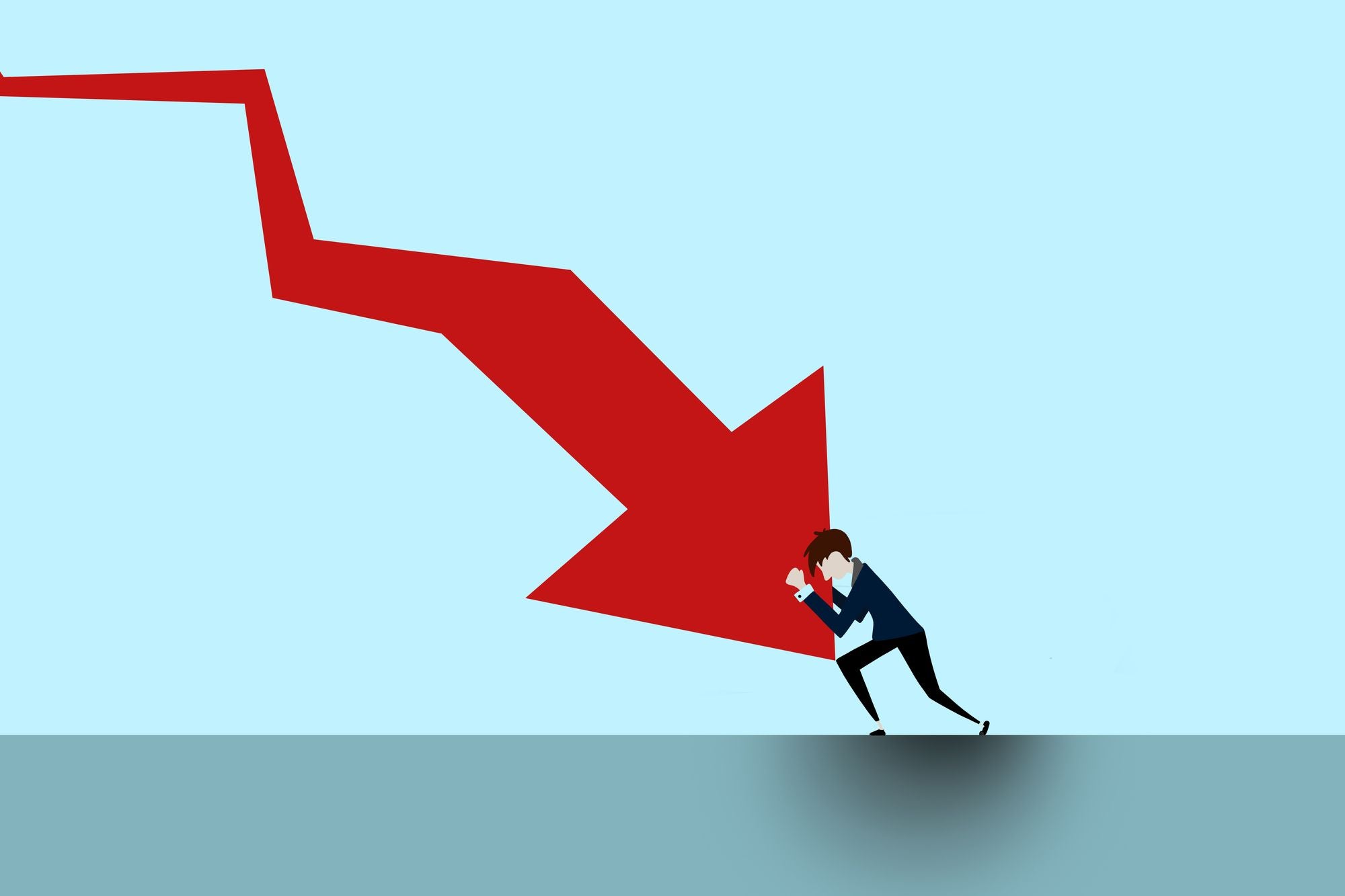Conversion rate optimization is generally viewed from the lens of customer acquisition: “How can we A/B test different aspects of our marketing campaigns and storefront to boost sales?”
However, what happens after the sale? What happens when the customer you’ve been barraging with ads about how amazing your product is doesn’t see or hear about you after the sale, or worse, sees the identical acquisition ads over and over?
It’s natural that every entrepreneur should want to optimize every facet of their business. For most, customer acquisition is the shiny exciting number that screams growth, but it shouldn’t come at the expense of building a long-term customer retention strategy that aims to convert new customers into champions.
Follow the money: Retention > acquisition
Retention is a more efficient and effective means to generate revenue that would have cost multiples through other customer acquisition strategies; it’s said to up to five times cheaper to get an existing customer to buy again rather than to get a completely new customer.
The most significant expenses in customer acquisition usually occur at the top of the funnel: making completely new customers aware, informed and enamored with your brand. A rookie mistake is to consider the relationship you’ve developed in your acquisition phases as fizzled out the moment you hear that Shopify ka-ching notification.
If you’re building a long-term business, you should be looking at the bottom of your acquisition funnel as the beginning of a hopefully endless customer retention sequence. How can you continue to delight your customers?
“Customer retention should be the top priority of any business that depends on customers buying their product again and again,” says Moiz Ali, the founder of personal care company Native. “Customer retention doesn’t just increase the value of a single customer — it brings in additional customers and reduces customer acquisition costs through word of mouth and brand advocacy. You must provide two things: products that deliver on their promise and customer service that delights rather than infuriates people. If you provide only one, the best you can be is Comcast. If you provide both, you can become Amazon. Ultimately, businesses that are so myopic that they only see dollar signs when they look at their customers are destined to fail.”
For example, some car dealerships will spend more on post-purchase advertising than regular advertising to prevent buyer’s remorse and encourage word of mouth. A new customer is more likely to be happy with their product and will become more willing to spread the word if they start seeing some ads that showcase the lifestyle and value of the purchase they just made, which tends to require an entirely different type of creative.
Turn your customers into champions by investing in brand affinity
Solely focusing on customer acquisition and not developing brand affinity is like playing a game of Hungry, Hungry Hippos, except instead of keeping all your customers, they potentially enter the jaws of a competitor when they’re inevitably targeted by similar ads.
However, if you focus on creating a delightfully positive customer experience by nurturing your customers after they purchased, they’re likely to stay with you despite being blanketed by competing ads.
What makes for a more meaningful relationship: meeting a new person every day or having an ongoing conversation with the same person on a regular basis?
By focusing on customer retention, you can deepen the relationship between your brand and your customers while keeping the intimate human element often lost in customer acquisition campaigns.
Instead of viewing a customer purchasing your product or service as the end of your funnel, view it as the beginning of an entirely new funnel — one that focuses on turning a paying customer into a brand champion.
“We see our customers as friends, not dollar signs,” says Taylor Offer, co-founder of Feat Clothing. “The relationship we create with our customer could be the highest ROI we see across the whole business. It’s about making the relationship with a customer conversational, not transactional. We don’t only communicate with our customers to buy more; we add value to their lives with content they enjoy. One of our best acquisition channels is word of mouth, because we not only deliver a great product but also a great experience that customers want to talk about.”
The small things you do to make your clients feel special contribute to an increase in brand affinity — and that’s more than simply sending them a 20 percent off coupon because they subscribed to your email list.
Think of ways to humanize the digital experience. Not only is a champion of your brand likely to continue buying from you, they’re also likely to spread the word whenever asked for a recommendation.
Best of all, if you can fully retain ownership over your customer base on an email list, reaching out to them becomes dramatically more cost-efficient. In addition to fueling your acquisition machine, you can keep your customer list engaged and primed for another purchase for a fraction of the cost.
Having a close-knit community of customers helps you shorten the feedback loop for testing everything from new product variations to marketing campaigns; testing that would likely cost magnitudes more in time and ad spend to test on an open market.
Final thoughts
At Juice, the integrated digital marketing agency I co-founded, we know that the rapidly evolving paid social landscape requires a light-footed flexibility to adapt to new conversion rate best practices.
It doesn’t take long for one company’s successful CRO strategy to be replicated by its competitors, but by taking full ownership of your audience and turning them into champions, you’ll have a stronger command over the future of your business that is highly likely to be pulled out from under you.
Not many brands think about how to nurture brand affinity, and for some reason, prefer to duke it out with competitors on an increasingly expensive acquisition battlefield. By being mindful of both offense (customer acquisition) and defense (customer retention), a business can scale while also increasing the lifetime value of its customers in a long-term framework.








